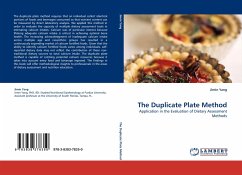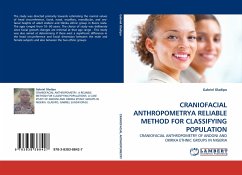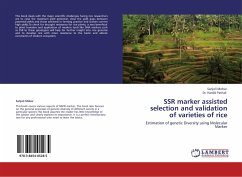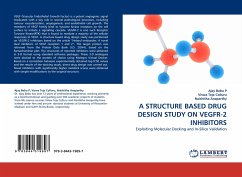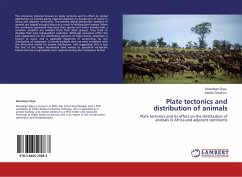The duplicate plate method requires that an individual collect identical portions of foods and beverages consumed so that nutrient content can be measured by direct laboratory analysis. We applied this method in order to evaluate the capacity of multiple dietary assessment tools in estimating calcium intakes. Calcium was of particular interest because lifelong adequate calcium intake is critical in achieving optimal bone health. The increasing acknowledgment of inadequate calcium intake across multiple age and race/ethnic groups has resulted in a continuously expanding market of calcium fortified foods. Given that the ability to identify calcium fortified foods varies among individuals, self-reported dietary data may not reflect the contribution of these non-traditional dietary sources to total calcium intake. The duplicate plate method is capable of catching potential calcium resources because it takes into account every food and beverage ingested. The findings in this book willoffer methodological insights to professionals in the areas of dietary assessment and nutrition education.
Bitte wählen Sie Ihr Anliegen aus.
Rechnungen
Retourenschein anfordern
Bestellstatus
Storno

